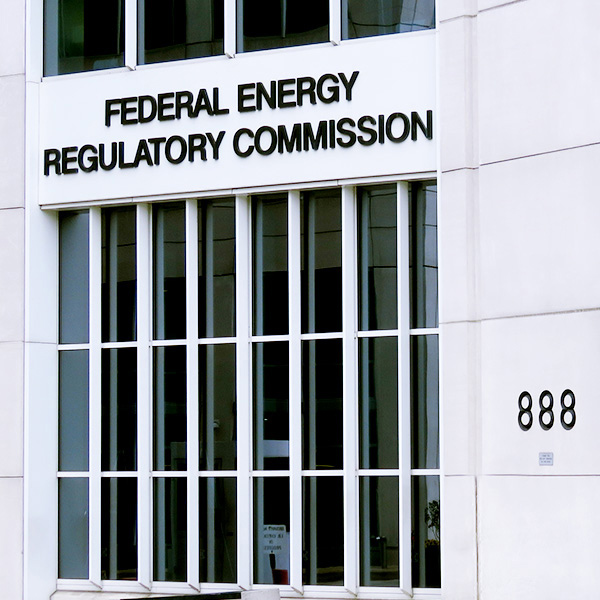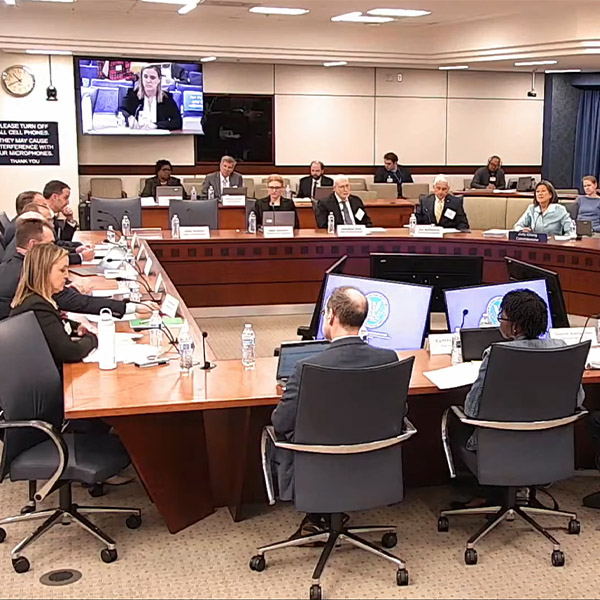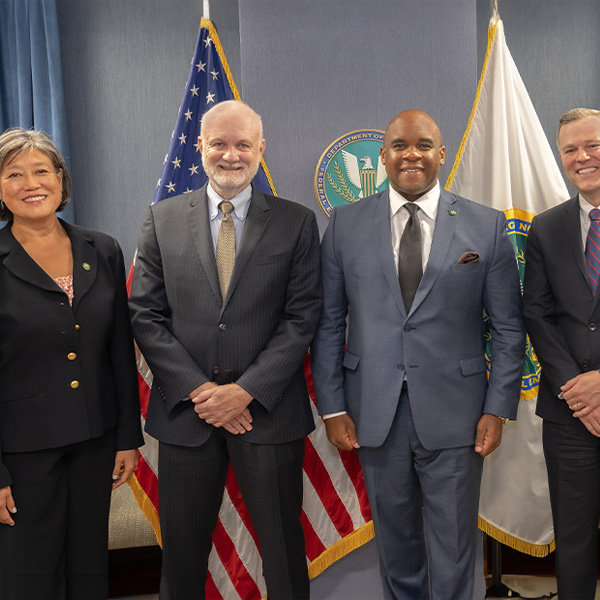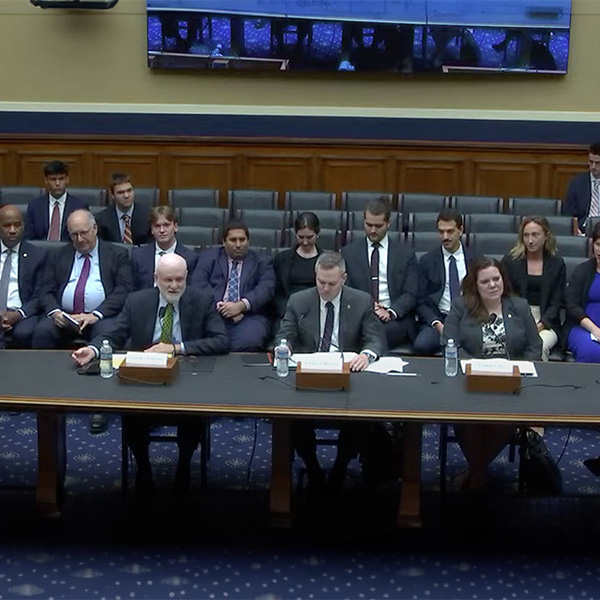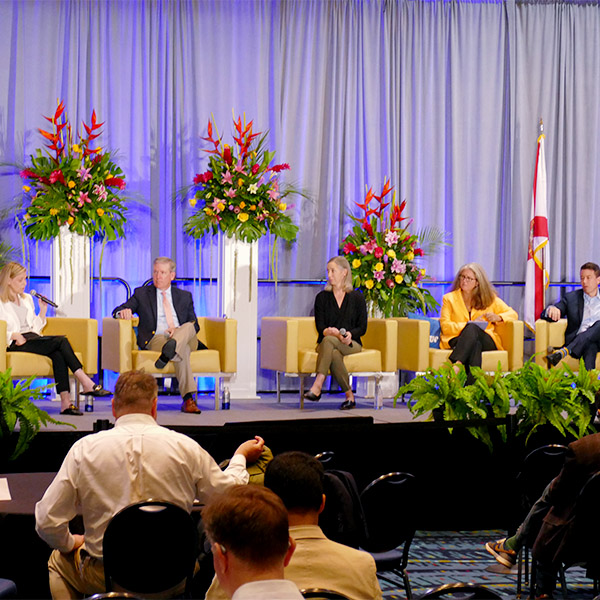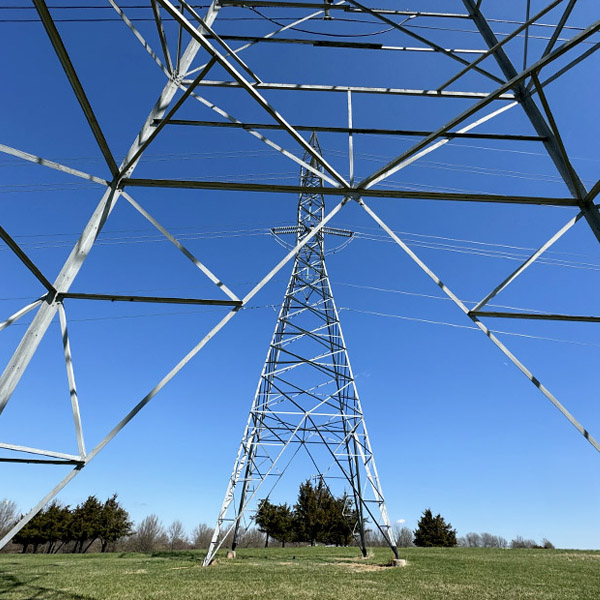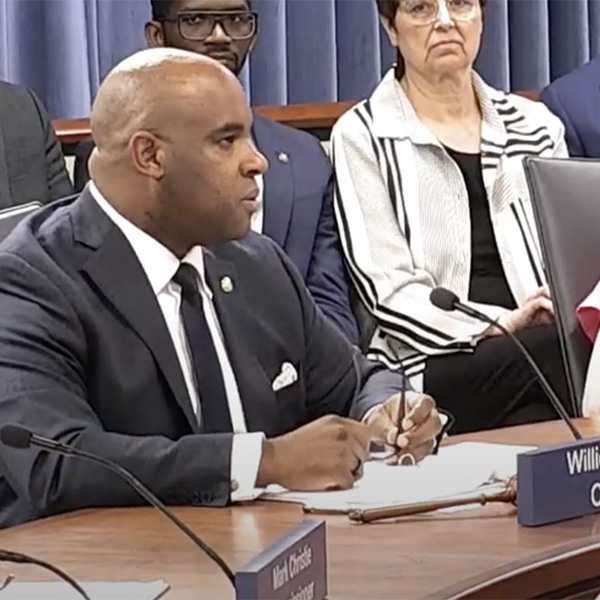Willie Phillips
Change is coming to FERC after Tuesday's election, but the policies the agency oversees are rarely top of mind during campaigns, so it is unclear how much will be different.
FERC rejected an amended ISA filed by PJM to allow an existing data center co-located at a Talen Energy nuclear plant to expand, saying it did not meet the commission's standards for changes from its pro forma rules.
Grid stakeholders joined commissioners in Washington, D.C., for FERC's annual Reliability Technical Conference.
A pair of recent appeals court decisions signal a shift in how the courts view FERC's approvals of natural gas infrastructure and has the commission considering its next steps, Chair Willie Phillips said at a Sept. 19 open meeting.
The ongoing debate around Order 1920 and its pending rehearing requests continued at FERC’s monthly open meeting, a day after it came up at a House oversight hearing.
At full strength for the first time since the beginning of last year with the addition of Judy Chang, all five FERC commissioners appeared at a House oversight hearing during which representatives questioned them on Order 1920.
The return to demand growth in the electric power industry has been a major theme this year, and it dominated the discussion at NARUC's Summer Policy Summit.
FERC approved ISO-NE’s proposal of a new process to solicit, select and allocate costs for transmission projects that address needs identified in long-term planning studies.
The Supreme Court’s decision in Loper Bright Enterprises v. Raimondo is already making waves in the rehearing process on FERC Order 1920.
FERC is moving forward on its examination of dynamic line ratings, with the issuance of an Advance Notice of Proposed Rulemaking indicating the commission is considering requiring the transmission industry to adopt the technology.
Want more? Advanced Search
